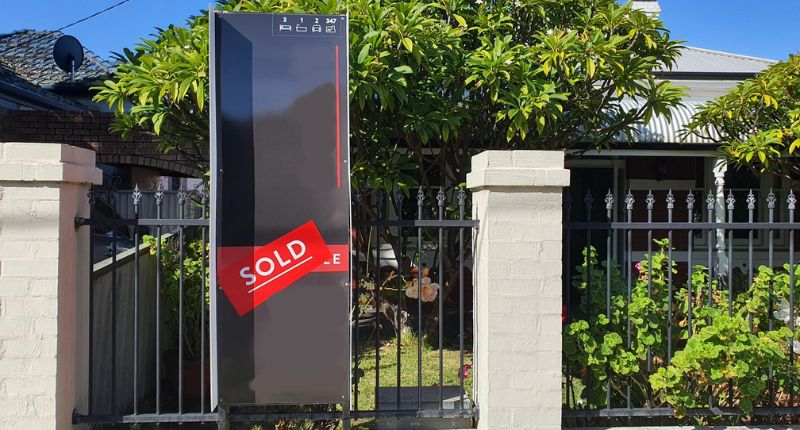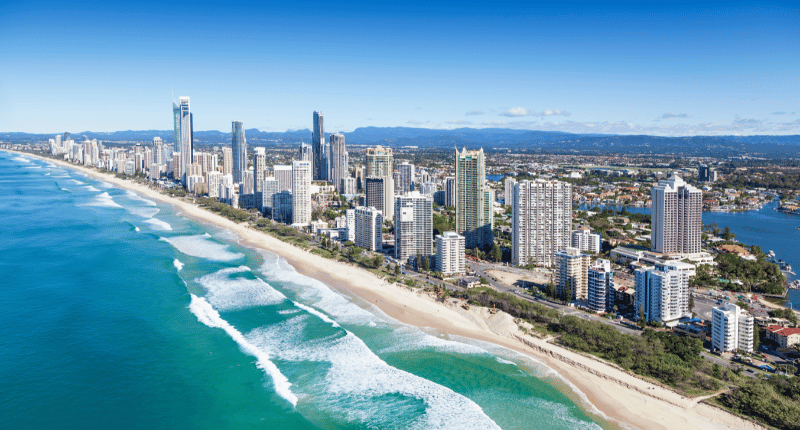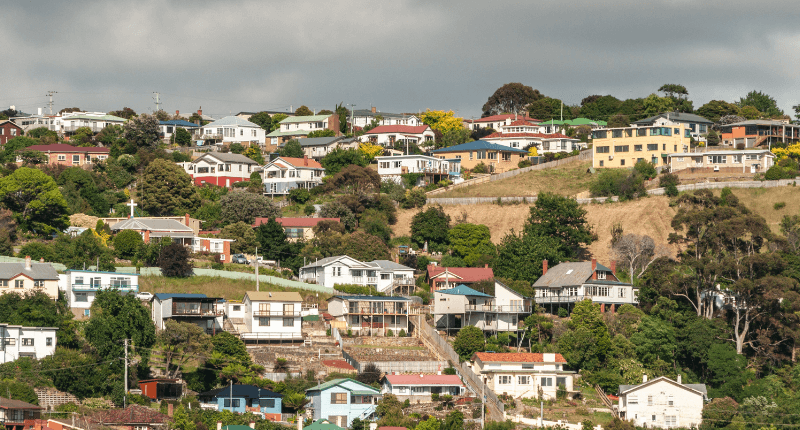
- While supply may have eased, soft listings figures continued to put a floor under prices
- Similar low stock conditions were previously observed in 2007
- While rates rose in May, price rebounds have continued undeterred
The latest from PropTrack and CoreLogic has shown Australia’s housing market has continued its bounce back as price growth accelerates.
CoreLogic’s national Home Value Index (HVI) found the pace of growth accelerated sharply to 1.2% in May, with the index recording the third consecutive monthly rise since March.
PropTrack’s Home Price Index likewise recorded sharp rises, with prices up 2% across the capital cities this year, and May seeing a rise of 0.33%. The Index also recorded the strongest quarterly home price growth across the combined capital cities since the December quarter of 2021, up 1.34%.
Why are Australian property prices rising?
It seems the Reserve Bank of Australia (RBA) May rate rise, “has not deterred the current home price rebound,” said the PropTrack report.
“The rise in prices seen so far this year gathered pace in May, broadening and accelerating across markets.”
Eleanor Creagh, PropTrack senior economist
Both PropTrack and CoreLogic cited continued supply issues. Creagh noted in the PropTrack report that although constraints eased slightly, the flow of new listings remained soft, keeping a floor under prices. Creagh also noted sellers are benefitting from the reduced levels of competition with other vendors.
“Advertised listings trended lower through May with roughly 1,800 fewer capital city homes advertised for sale relative to the end of April,” said CoreLogic’s research director, Tim Lawless.
“Inventory levels are -15.3% lower than they were at the same time last year and -24.4% below the previous five-year average for this time of year.
“With such a short supply of available housing stock, buyers are becoming more competitive and there’s an element of FOMO creeping into the market. Amid increased competition, auction clearance rates have trended higher, holding at 70% or above over the past three weeks. For private treaty sales, homes are selling faster and with less vendor discounting.”
While interest rates may rise further and the economy is expected to slow, Creagh said a tight labour market, strong housing demand, and limited supply are factors likely to continue driving the recovery.
2007 repeats
According to CoreLogic, the number of fresh listings fell in May and was 13.1% below the previous five-year average across combined capitals and 18% below the combined regional areas of Australia.
“At the national level, we have seen an average of 35,143 new listings added to the market over the past three months. Over the same time, we have seen an average of 39,760 dwelling sales. This disconnect between available supply and housing demand is a central factor placing renewed upwards pressure on housing values,” Lawless said.
“The last time capital city stock levels were this low, at this time of the year, was in 2007. This was also a period of rapid overseas migration and rising housing values.”
Tim Lawless, CoreLogic research director
PropTrack Home Price Index May 2023
| Region | Monthly growth (%) – All dwellings | Annual growth (%) – All dwellings | Median value ($) – All dwellings |
| National | 0.33 | -1.74 | 741,000 |
| Capital Cities | 0.45 | -1.94 | 796,000 |
| Regional Areas | 0.03 | -1.26 | 617,000 |
| Sydney | 0.58 | -1.96 | 1,019,000 |
| Rest of NSW | -0.08 | -2.95 | 706,000 |
| Melbourne | 0.22 | -4.32 | 797,000 |
| Rest of Vic. | -0.2 | -3.32 | 599,000 |
| Brisbane | 0.33 | -1.3 | 725,000 |
| Rest of Qld | 0.32 | 1.42 | 602,000 |
| Adelaide | 0.58 | 5.6 | 660,000 |
| Rest of SA | 0.15 | 10.55 | 384,000 |
| Perth | 0.64 | 4.21 | 571,000 |
| Rest of WA | 0.27 | 6.58 | 461,000 |
| Hobart | 0.07 | -5.7 | 663,000 |
| Rest of Tas. | 0.27 | -0.29 | 499,000 |
| Darwin | -0.01 | -0.93 | 497,000 |
| Rest of NT | 0.13 | 3.85 | 458,000 |
| ACT | 0.65 | -4.63 | 836,000 |
Source: PropTrack.
The 2023 winter season will be one to observe, said Lawless, who noted that while new listings are typically subdued through winter, before picking up in spring, the improving conditions could see more homeowners test the market.
Pride goeth before the rise?
Among other trends and observations made by CoreLogic, while the housing market downturn that saw capital city home values drop 9.7% was not the largest, it was the sharpest.
As for pride?
“The upwards momentum in housing prices may induce a ‘wealth effect, which could be a risk factor for inflation if households feel wealthier.”
CoreLogic Hedonic Home Value Index, June 2023
The report noted that the trend in rising housing values may influence a decision to increase the cash rate further.
If interest rates do rise further, it remains uncertain if this would be enough to reverse the positive trend in housing values. “While higher interest rates might quell some of the demand side pressures as borrowing capacity and sentiment reduce further, demand from record levels of net overseas migration will remain,” Lawless said
“With rental vacancy rates remaining close to record lows and listing numbers well below average, it is hard to see where this additional housing demand will reside without a material and immediate supply response.”
The CoreLogic report also noted that due to tight labour markets, the risk of distressed selling should be contained.
House price movement
According to PropTrack’s index, all cities recorded increases except Darwin, with Canberra and Perth recording the largest increases.
Price growth in the capitals also remains stronger than the regions, and all regions except regional NSW and Victoria recorded rises.
CoreLogic Home Value Index as at 31 May 2023
| City | Month | Quarter | Annual | Total Return | Median Value |
|---|---|---|---|---|---|
| Sydney | 1.8% | 4.5% | -8.2% | -5.5% | $1,052,810 |
| Melbourne | 0.9% | 1.6% | -7.4% | -4.4% | $755,871 |
| Brisbane | 1.4% | 1.8% | -9.3% | -5.1% | $713,939 |
| Adelaide | 0.9% | 1.1% | 0.4% | 3.9% | $654,767 |
| Perth | 1.3% | 2.4% | 2.0% | 6.8% | $580,023 |
| Hobart | 0.5% | -0.5% | -12.6% | -8.9% | $655,403 |
| Darwin | 0.4% | -1.3% | -0.6% | 5.2% | $491,386 |
| Canberra | 0.4% | -0.1% | -8.8% | -5.4% | $825,053 |
| Combined capitals | 1.4% | 2.8% | -6.8% | -3.4% | $779,155 |
| Combined regional | 0.5% | 0.8% | -6.9% | -2.8% | $583,173 |
| National | 1.2% | 2.3% | -6.8% | -3.3% | $715,092 |
Source: CoreLogic.







